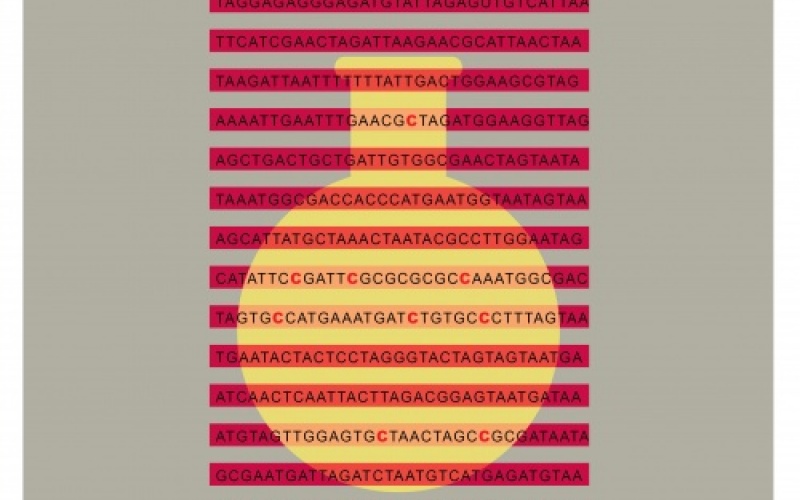Cells are dynamic and constantly adjusting their gene expression through making different RNA molecules. Powerful sequencing tools allow biologists to gain a snapshot of the cell’s RNA, but this misses the rich dynamics. Jeremy Schofield, a graduate student in Matt Simon’s lab, has developed chemistry that adds a time dimension to RNA sequencing when combined with metabolic labeling.
The results were published today in the journal Nature Methods.
RNA sequencing uses hydrogen bonding patters to tell which base is which (A hydrogen bonds with U, and C with G). Schofield’s chemistry recodes the hydrogen bonds from the pattern of one base (uridine) to the pattern of another (cytidine), but only for newly made cellular RNAs. These U-to-C changes mark new RNAs, providing the vital information that reveals how RNA populations change overtime. He used this approach to illustrate the dynamics of two different forms of a disease related RNA.
RNA molecules are a cell’s “read and write” machinery – reading DNA and writing protein molecules, the work horses of our cells and potential biomarkers of future health. Authors of the study were Jeremy Schofield, Erin Duffy, Lea Kiefer, Meaghan Sullivan and Matt Simon.
